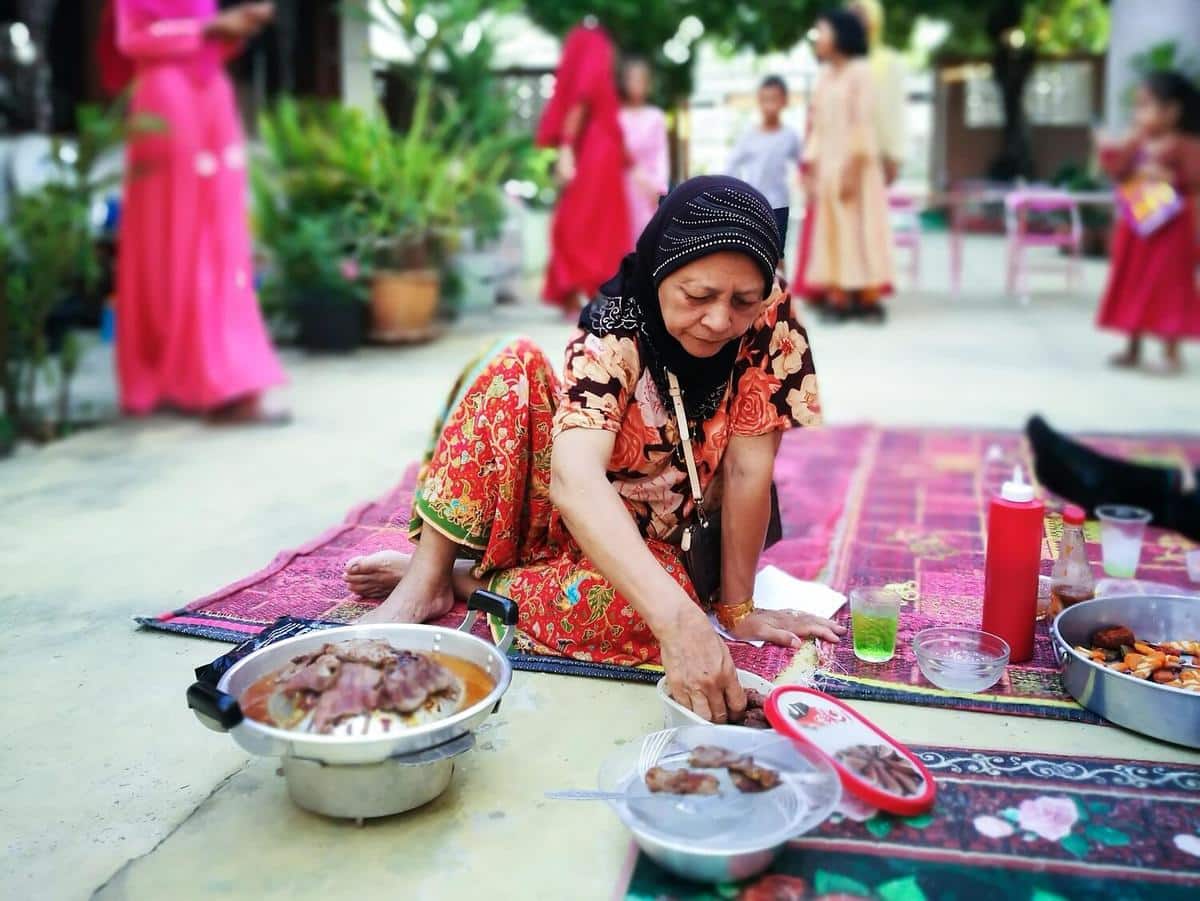
Revitalization of Endangered Cultural Practices
Cultural practices, much like the languages we speak or the traditions we uphold, are integral threads in the tapestry of human heritage. However, as globalization and modernization advance, many of these invaluable practices face the threat of extinction. The revitalization of endangered cultural practices is not just about preservation; it is about ensuring the continuity of diversity and richness in our world’s cultural landscape.
Understanding the Threats to Cultural Practices
Endangered cultural practices often fall victim to a variety of threats, including urbanization, loss of native speakers, and the homogenization of cultures through global media. According to a report by UNESCO, over 40% of the 6,000 languages spoken in the world are at risk of disappearing. This linguistic loss often parallels the fading of cultural practices tied to these languages.
“Preserving cultural practices is vital for maintaining the cultural diversity that enriches the human experience,” says Maria Sanchez, a cultural anthropologist.
Strategies for Revitalization
Efforts to revitalize endangered cultural practices can take various forms. Here are some actionable steps:
- Community Engagement: Involving local communities in the preservation efforts can foster a sense of ownership and pride in their heritage.
- Education Programs: Introducing cultural practices into school curriculums can educate younger generations about their heritage.
- Documentation: Recording and documenting practices, languages, and stories ensure they are not lost to time.
- Use of Technology: Leveraging digital platforms to share and teach cultural practices widens their reach.
Consider hosting cultural festivals or events that celebrate and educate others about endangered practices. These events can serve as both a celebration and a learning opportunity.
Case Studies and Examples
One notable example of successful cultural revitalization is the Hawaiian language revival. Through dedicated efforts in education and media, the number of Hawaiian speakers has grown significantly. Similarly, the Maori people of New Zealand have seen a renaissance in the use of their native language and customs.
Comparative Analysis Table
| Cultural Practice | Threats | Revitalization Strategy | Outcome |
|---|---|---|---|
| Hawaiian Language | Globalization, English dominance | Education, media promotion | Increased speakers |
| Maori Traditions | Language decline, cultural assimilation | Government support, education | Cultural renaissance |
| Inuit Throat Singing | Modernization, loss of interest | Workshops, cultural events | Renewed interest |
| Peruvian Weaving | Industrialization, loss of skills | Craft fairs, skill workshops | Preserved techniques |
| Aboriginal Art | Commercialization, cultural erosion | Art exhibits, community classes | Global recognition |
| Sami Joik Music | Marginalization, cultural suppression | Music festivals, educational programs | Revived tradition |
| Native American Storytelling | Language extinction, cultural neglect | Story circles, digital archiving | Preserved narratives |
| Bhutanese Dance | Modern entertainment, cultural shift | School programs, cultural tours | Continued practice |
FAQ
How can individuals contribute to cultural preservation?
Individuals can contribute by participating in cultural events, supporting local artisans, and learning about endangered practices.
Why is cultural diversity important?
Cultural diversity enriches societies by providing a variety of perspectives, traditions, and innovations.
Conclusion
The revitalization of endangered cultural practices is a journey that involves collaboration, education, and appreciation. By taking conscious steps towards preserving these practices, we not only safeguard our past but also enrich our collective future. Engage with your local cultural heritage and be a part of the story that shapes our world.


